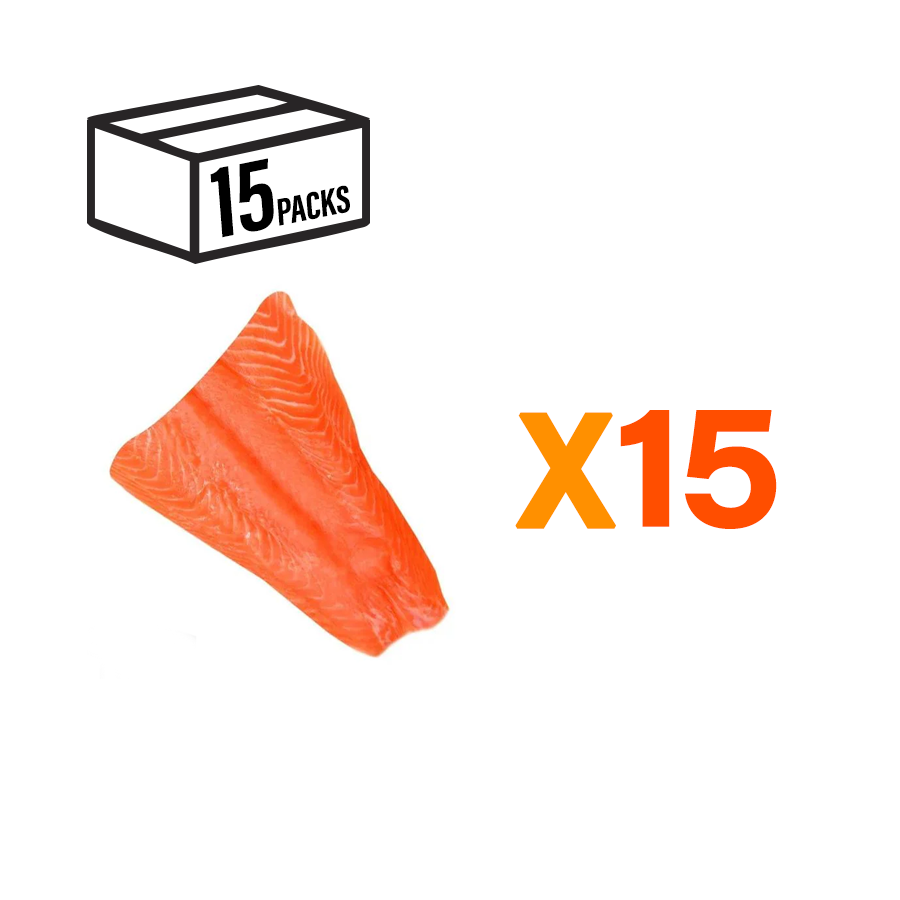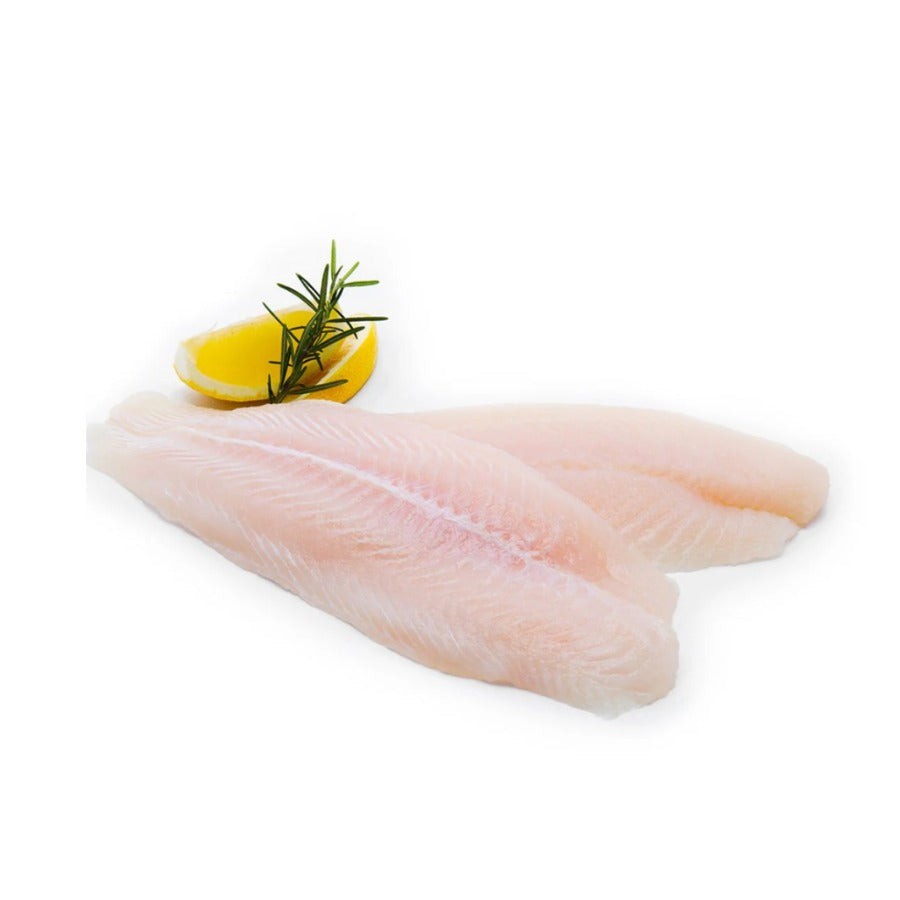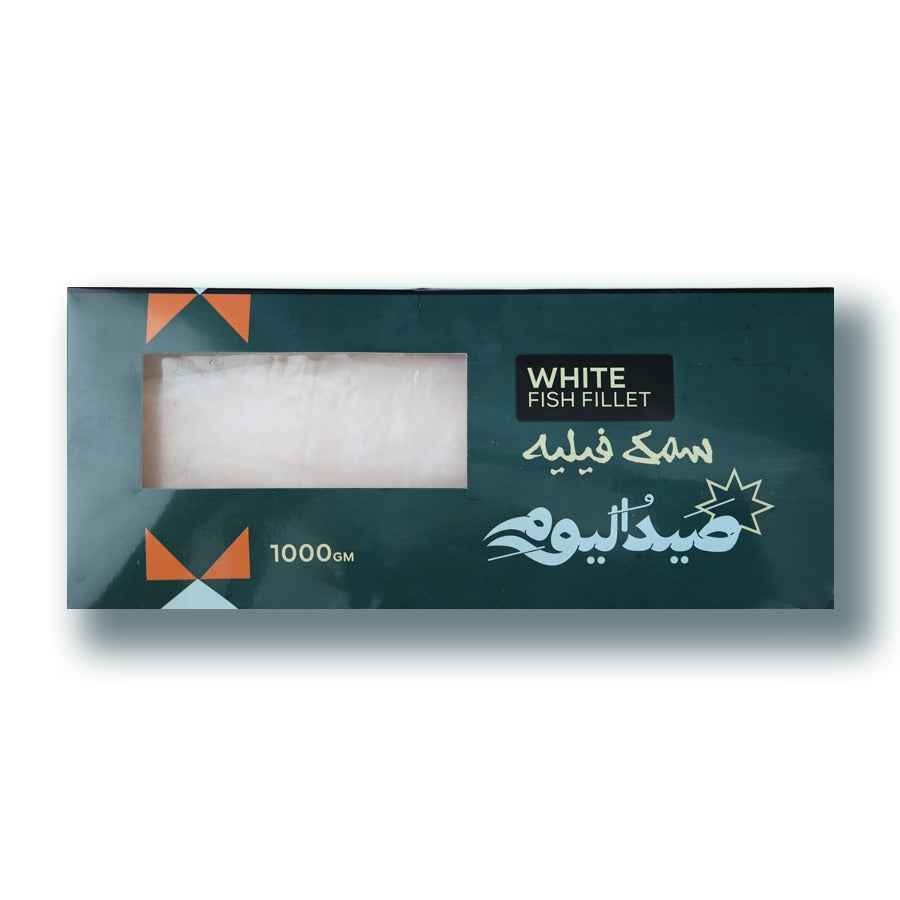Reducing Costs Without Compromising Quality: A Seafood Buyer’s Guide for Hotels
Balancing cost and quality is a constant challenge for hotels, especially when it comes to premium ingredients like seafood. Guests expect top-notch seafood dishes, but rising prices and seasonal variability can put pressure on your budget. The good news is that you can rein in costs without sacrificing the quality that keeps customers coming back. In this guide, we’ll share actionable strategies for hotel buyers to get the best value on seafood purchases. From smart sourcing and bulk buying to seasonal menu planning, these tips will help your hotel kitchen save money while still delivering ocean-fresh flavor and quality.
1. Partner with a Trusted Seafood Supplier
The foundation of quality seafood is a reliable supplier. Always purchase seafood from a dealer that maintains high handling standards and consistent quality. Reputable suppliers ensure proper storage, hygiene, and fast delivery, which means you get seafood at peak freshness. For instance, Seafood Factory has been supplying premium seafood to hotels and restaurants since 2018. Working with an experienced partner like this gives you access to expert advice on seasonal offerings and the most economical varieties. Don’t hesitate to communicate your budget goals and quality requirements – a good vendor will help you find the right products at the right price. Building a strong relationship can also lead to better terms, priority service, and insights on upcoming deals or new cost-effective products.
2. Buy in Bulk with Wholesale Deals
One of the simplest ways to cut costs is to leverage bulk purchasing. Wholesale buying allows hotels to acquire seafood in larger quantities at discounted rates. Wholesale seafood collections (like Seafood Factory’s Gomla section) offer bulk packs of popular items – for example, cases of filleted fish or shrimp – at lower unit prices. Purchasing goods in bulk can save you money, as wholesalers typically offer discounts for large orders. You get more product for less, improving your food cost percentage without lowering quality. Bulk buying is especially useful for high-turnover items on your menu or banquet dishes. To make the most of bulk deals, ensure you have adequate storage (freezer space is key) and a plan to utilize the inventory before it spoils. When done right, buying in bulk lets you maintain quality (it’s the same premium product, just packaged in volume) while significantly driving down the cost per portion.
3. Embrace Frozen Seafood – Quality and Savings
Don’t overlook frozen seafood as a cost-saving hero. Modern freezing techniques like flash-freezing lock in freshness at sea, often making frozen seafood equal or even superior in quality to “fresh” products that spent days in transit. In fact, many chefs consider frozen-at-sea fish to be the freshest option when out-of-season or when sourcing globally. For hotel buyers, choosing high-quality frozen fish, shrimp, or crab can mean stable pricing and year-round availability without quality loss. Frozen inventory also reduces waste and spoilage: you can thaw only what you need, when you need it, and keep the rest safely stored. To ensure success, buy from suppliers known for premium frozen seafood and proper cold-chain management. For example, you might source flash-frozen wild salmon portions or fish fillets that have been packed at peak freshness. This way, you’re cutting costs (frozen is often cheaper than fresh flown-in products) and not compromising on taste or texture. Always check that frozen items arrive solidly frozen with no signs of thawing or freezer burn for best quality.
4. Plan Menus Around Seasonality and Value
Stay flexible with your menu and take advantage of seasonal seafood. Prices can fluctuate wildly based on the catch of the day, weather, or fishing quotas. Plan ahead and communicate with your supplier about what’s in season or overstocked – these options are often both high-quality and budget-friendly. For example, if fresh tuna prices spike, you might feature a delicious local white fish or farmed seafood alternative that week. When salmon became too expensive one season, one restaurant swapped in Arctic char – a similar-tasting, milder fish that was considerably less expensive. The result was a satisfied clientele at a lower cost. As a hotel buyer, you should “go with the flow” of the market: be willing to substitute species or cuts to maintain food cost targets. Train your chefs to create specials based on the best buys of the week. Not only does this reduce expenses, it also keeps your menu fresh and exciting for guests. Additionally, consider sustainable or under-utilized seafood options (often called “bycatch” or secondary species) which can be high quality and lower in price because they are less demanded. By being adaptable and seasonally savvy, your hotel can serve outstanding seafood dishes at a fraction of the usual cost.
5. Minimize Waste with Proper Handling and Training
Waste is the enemy of both cost control and quality. Every piece of fish that spoils or is trimmed away unnecessarily is money lost. To avoid this, invest in proper seafood handling and staff training. Ensure that your kitchen follows strict FIFO (first-in, first-out) inventory rotation so older product is used before newly delivered stock. Verify that refrigeration and freezer units are at the correct temperatures and that seafood is stored on ice or in airtight packaging as appropriate. Consider portioning bulk buys into vacuum-sealed packs upon arrival – for instance, dividing a 10kg wholesale salmon order into smaller packs that can be frozen or used as needed. This prevents having to thaw more than you require. Educate your team on how to inspect quality (bright eyes, firm flesh, ocean-fresh smell for fish) so nothing sub-par reaches your guests or gets tossed out. You can also reduce prep waste by using as much of the product as possible: fish bones and shells can be made into stocks for soups or sauces, for example. By tightening up storage and preparation practices, hotels can stretch every seafood purchase further – getting the full value of what you paid for.
6. Leverage Value-Added Products and Specials
Another way to save costs without losing quality is to incorporate some value-added or ready-to-use seafood products into your procurement. These are items that come pre-cleaned, pre-portioned, or marinated from the supplier – think ready-to-cook seafood appetizers, breaded fish portions, or marinated fillets. While the per-unit price might seem higher than raw product, they can actually save you money by reducing labor time in the kitchen and ensuring consistency (less skilled labor needed and less risk of ruining a fillet during prep). For hotels that handle large banquets or room service, having a stock of easy-to-prepare seafood options can be a lifesaver. You’ll be able to serve a quality product quickly, and because these items are often frozen or shelf-stable, they help cut down on spoilage. Always evaluate the quality of such products – reputable suppliers will offer value-added seafood that tastes house-made. Incorporating them for select menu items can free up your chefs to focus on high-impact dishes while keeping food costs in check.
7. Explore Business Pricing and Programs
Finally, make sure you’re taking advantage of any business-to-business pricing or loyalty programs your seafood supplier offers. Many vendors have special rates for hotels, restaurants, and bulk buyers. For example, signing up for a business pricing program with Seafood Factory could unlock discounts or wholesale rates for regular orders. Discuss contract purchasing or long-term agreements if your seafood needs are steady – suppliers may fix a lower price in exchange for guaranteed volume, protecting you from market spikes. Additionally, keep an eye out for promotions, bundle deals, or seasonal sales (such as limited-time hot deals on seafood) that can trim your costs. The key is to build a partnership with your supplier: as they understand your business, they can suggest cost-saving measures (like alternative products or delivery schedules) tailored to your hotel. Being a valued business client might also get you perks like extended credit terms or first pick of premium catches at bargain prices. In short, use your purchasing power and don’t be afraid to ask, “What can we do to save more without cutting quality?”
Conclusion: Smart Buying for Sustainable Savings
Reducing seafood costs while maintaining top quality is absolutely achievable for hotels with the right approach. By sourcing from trusted suppliers, buying in bulk, utilizing high-quality frozen items, and staying flexible with menu choices, you can serve exquisite seafood dishes that delight guests and respect your budget. Remember that every dollar saved through savvy purchasing can boost your bottom line without diminishing the dining experience. Ready to put these tips into action? Start by reviewing your current seafood sourcing and see where you can apply these strategies. You’re also invited to visit Seafood Factory and explore our Wholesale Seafood Collection for premium seafood at competitive prices. With a bit of planning and the right partnerships, your hotel can enjoy the best of both worlds: exceptional seafood quality and sustainable cost savings. Bon appétit!









